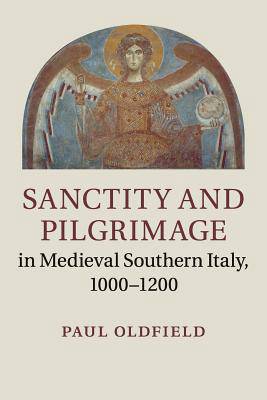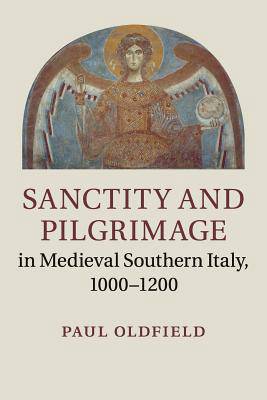
- Afhalen na 1 uur in een winkel met voorraad
- Gratis thuislevering in België vanaf € 30
- Ruim aanbod met 7 miljoen producten
- Afhalen na 1 uur in een winkel met voorraad
- Gratis thuislevering in België vanaf € 30
- Ruim aanbod met 7 miljoen producten
Zoeken
€ 60,95
+ 121 punten
Uitvoering
Omschrijving
Southern Italy's strategic location at the crossroads of the Mediterranean gave it a unique position as a frontier for the major religious faiths of the medieval world, where Latin Christian, Greek Christian and Muslim communities coexisted. In this study, the first to offer a comprehensive analysis of sanctity and pilgrimage in Southern Italy between 1000 and 1200, Paul Oldfield presents a fascinating picture of a politically and culturally fragmented land which, as well as hosting its own important relics as important pilgrimage centres, was a transit point for pilgrims and commercial traffic. Drawing on a diverse range of sources from hagiographical material to calendars, martyrologies, charters and pilgrim travel guides, the book examines how sanctity functioned at this key cultural crossroads and, by integrating the analysis of sanctity with that of pilgrimage, offers important new insights into society, cross-cultural interaction and faith in the region and across the medieval world.
Specificaties
Betrokkenen
- Auteur(s):
- Uitgeverij:
Inhoud
- Aantal bladzijden:
- 326
- Taal:
- Engels
Eigenschappen
- Productcode (EAN):
- 9781316648902
- Verschijningsdatum:
- 6/04/2017
- Uitvoering:
- Paperback
- Formaat:
- Trade paperback (VS)
- Afmetingen:
- 152 mm x 229 mm
- Gewicht:
- 439 g

Alleen bij Standaard Boekhandel
+ 121 punten op je klantenkaart van Standaard Boekhandel
Beoordelingen
We publiceren alleen reviews die voldoen aan de voorwaarden voor reviews. Bekijk onze voorwaarden voor reviews.











